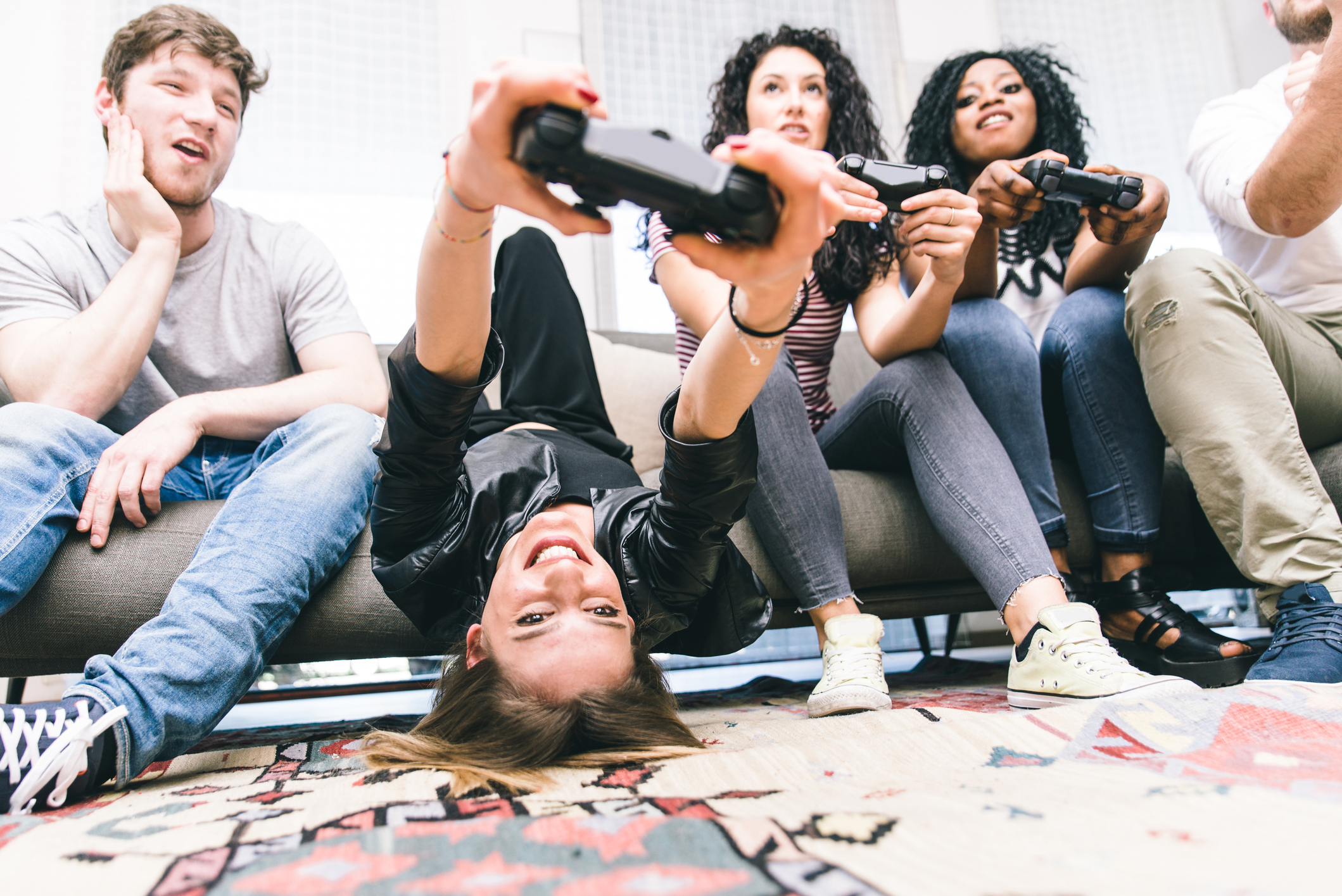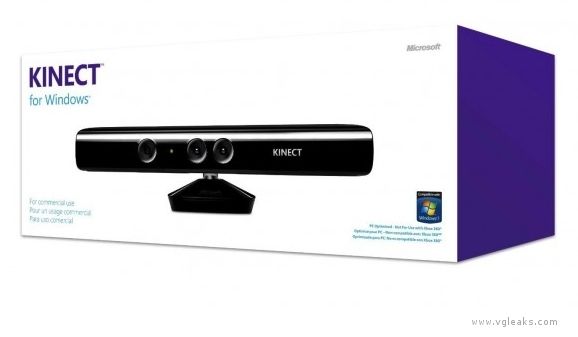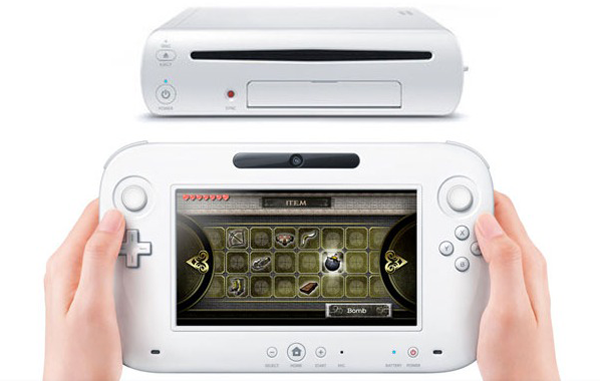Open any lobby tonight and listen for a minute. The sound is different now, softer in some ways, livelier in others. There are women in the match, chatting, calling plays, or just quietly winning without saying much. It feels normal, though it wasn’t always like that.
A few years back, gaming still carried an image of one kind of player. Headset on, controller in hand, same profile every time. But that picture doesn’t really hold up anymore. Women now make up close to half of the world’s gaming audience. In some countries, that number edges even higher.
Finding Space
It started with small steps. A few players joined communities that didn’t always feel welcoming, and then more followed. Some stayed quiet at first, testing the room. Others streamed, spoke up, started teams, or just kept showing up. Over time, the tone shifted. It wasn’t about proving a point, it was simply about being part of something they already loved.
The hours spent gaming by women have also grown steadily in the last five years. From story-driven titles to fast-paced shooters, their reach covers every genre, and even extends to online casinos, where players explore strategy, chance, and community in equal measure. Platforms like Betway have seen that same change unfold, with more women joining live tables and mobile tournaments that combine social play with skill.
Many still don’t call themselves “gamers,” and maybe that’s the interesting part. The label matters less than the connection, that shared rhythm between players, wherever they choose to play.
How Studios Began to Adapt
Developers had to catch up. Once they realized nearly half their players were women, the storytelling began to change. Games like Horizon Zero Dawn and The Last of Us Part II showed how much stronger a world feels when its characters are written as people first, not archetypes.
Inside the studios, more women joined creative teams, adding texture and authenticity that you can feel even if you can’t name it. It’s there in the dialogue, in the design, in the rhythm of the worlds being built.
Streamers and the New Normal
Streaming made the shift visible. Names like Pokimane and Valkyrae come up often, but behind them are thousands of smaller creators doing the same thing, talking to an audience, laughing through a loss, celebrating small wins. It’s that natural, imperfect energy that makes people stay.
Their presence also changed how the wider gaming world behaves. Seeing women lead their own communities made it harder to keep old stereotypes alive. The more visible they became, the more ordinary it seemed, and that’s real progress.
Esports and Representation
Competitive gaming is still a work in progress. Most professional teams remain male-dominated, but things are moving. Leagues and organizations are creating new entry paths for women. Programs that train and sponsor female competitors are starting to make a difference, even if it’s not headline news yet. The quiet kind of progress is often the one that lasts.
Beyond the Screen
Women influence more than gameplay. They’re shaping how games are advertised, moderated, even how music and aesthetics are chosen. The industry has realized that authenticity sells better than exclusion. Marketing campaigns now show a mix of faces and moods that feel closer to the real gaming crowd.
The Path Forward
There are still rough edges. Online toxicity hasn’t disappeared, and leadership gaps remain clear. Yet every year more women keep their place instead of walking away. They teach, stream, design, manage, and in doing so, they change the atmosphere for everyone else.
The sound of gaming today, the laughter, the chatter, the light chaos of voices tells its own story. It’s a world becoming whole. And it’s better this way.













